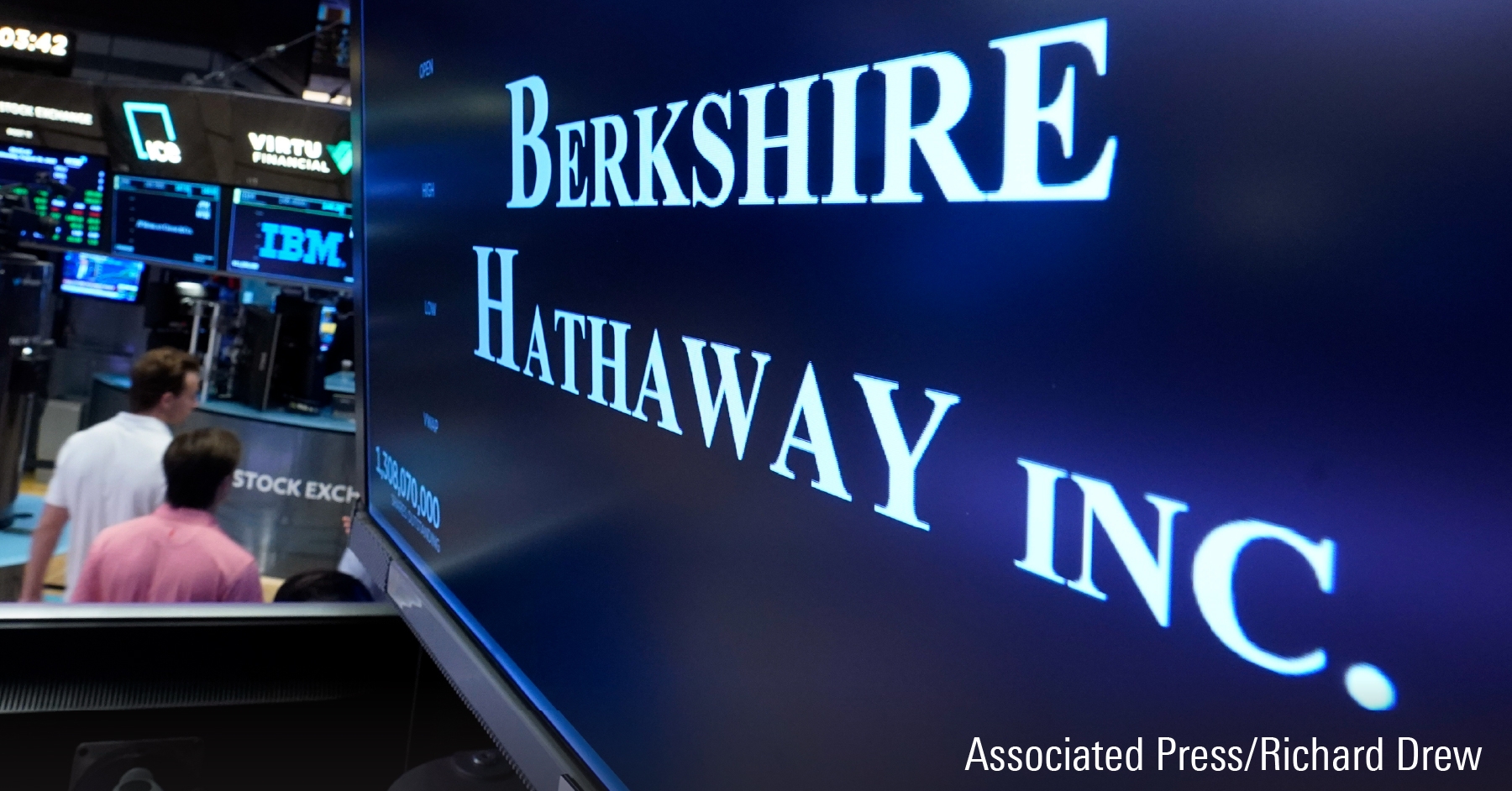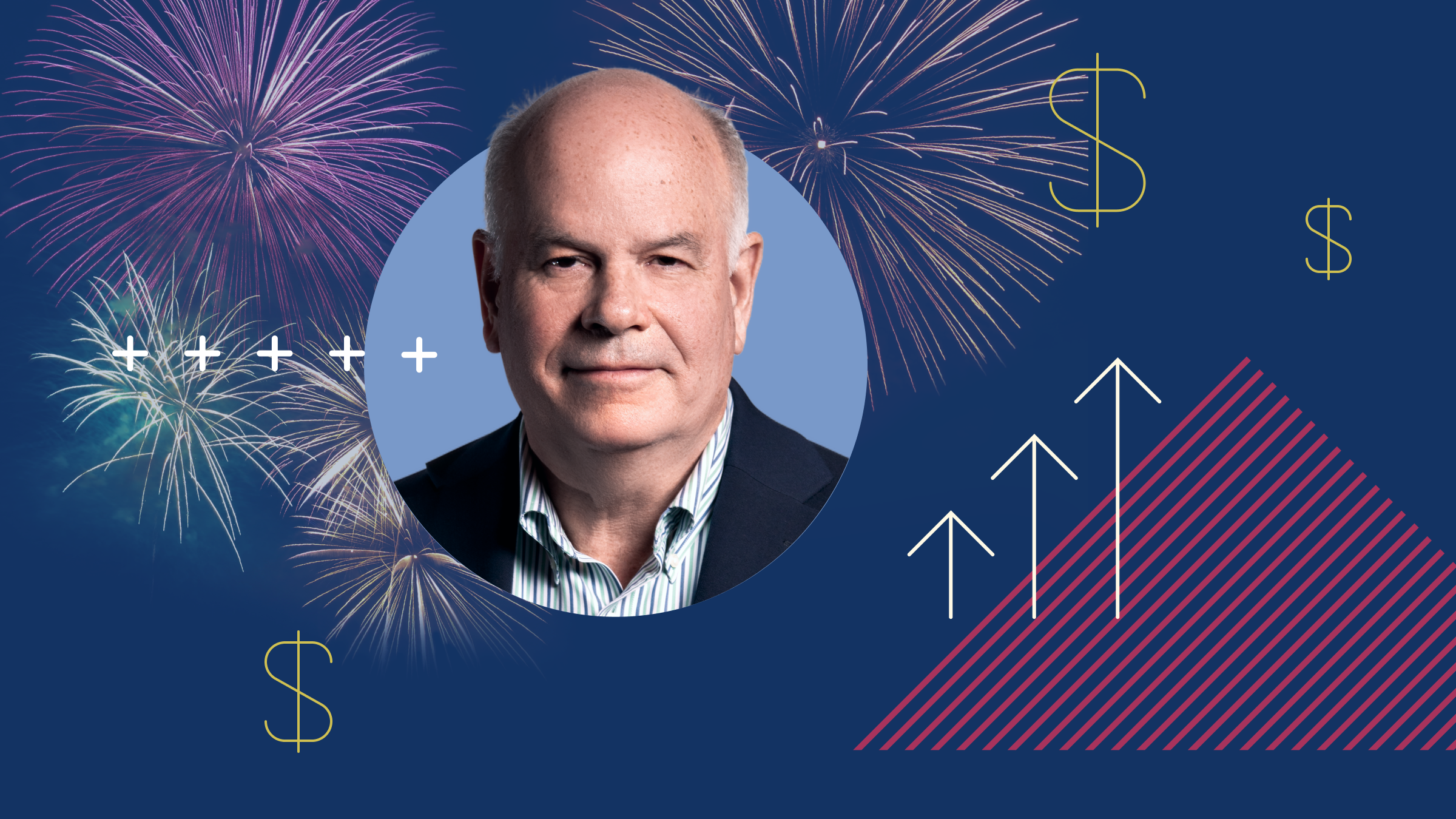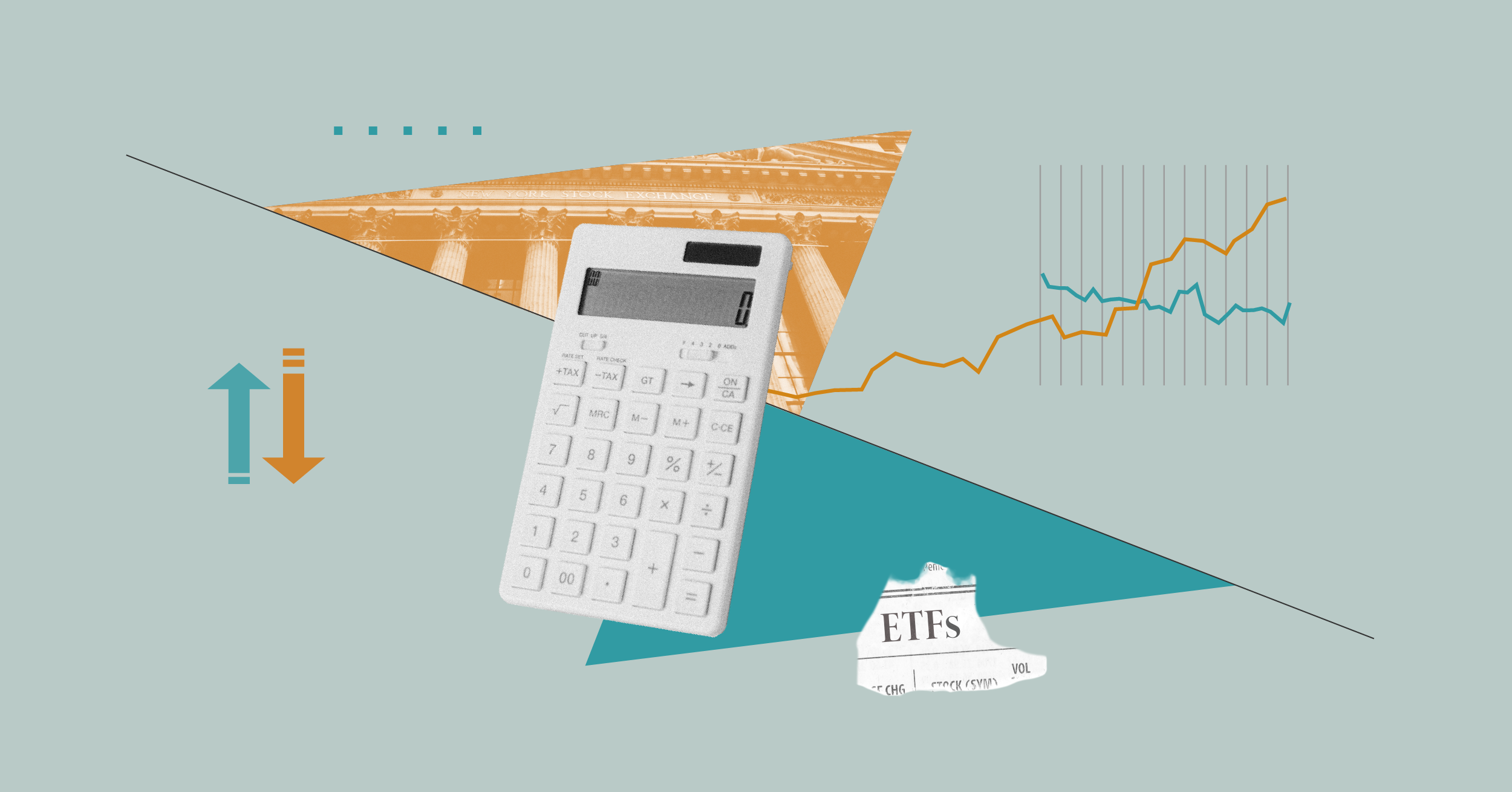I recently completed paying-off my student loan. What a relief!! I now have about $1,000 per month to invest, maybe more. I am very committed to catching-up on my RRSPs. My last RRSP tax return notice says that I can still contribute $20,000. My annual income is about $55,000. Should I try to put away as much money as soon as possible or should I spread-out my contributions over a couple of years to maximize on my tax rebate. Is there a threshold yearly contribution amount beyond which I do not benefit tax-wise? Also, I should tell you that I am not ready to take out a large loan that would go towards my RRSPs just yet, so I hope that you do not advise me to do such. I also do not see the value of taking out a loan given that I am going to contribute $1,000 per month to my RRSPs. I am fairly young (early 30s) and I would like to put away my own money each month.
Congratulations on paying off your student loan — a smart step before you begin investing for your retirement. The amount that you can contribute to an RRSP depends on your unused RRSP contribution room, which you say is $20,000. This room does not expire so there is no rush to make the contribution.
Each dollar that you contribute to an RRSP reduces your taxable income. You are currently in the second lowest tax bracket of approximately 30% to 35%, depending on your province of residence. The lowest bracket ends at approximately $32,000 of taxable income, so you probably wouldn't want to bring your taxable income below that level, as you will not benefit as much from the deduction. So that means you can safely make the entire $20,000 RRSP contribution immediately and still benefit from the 30% to 35% refund rate, assuming you have the cash.
Probably the best advice is to contribute the maximum you can afford each month. The $1,000 per month you propose is a good start.
Do you have a question?
All Ask the Expert questions are read and considered. Unfortunately we can't provide individual responses or respond to every question. Please note that questions about specific securities cannot be considered. Click here to Ask the Expert.
No statement in this article should be construed as a recommendation to buy or sell securities or to provide investment advice or individual financial planning. Morningstar Canada does not provide specific portfolio advice and recommends the use of a qualified financial planner when appropriate.
SaoT iWFFXY aJiEUd EkiQp kDoEjAD RvOMyO uPCMy pgN wlsIk FCzQp Paw tzS YJTm nu oeN NT mBIYK p wfd FnLzG gYRj j hwTA MiFHDJ OfEaOE LHClvsQ Tt tQvUL jOfTGOW YbBkcL OVud nkSH fKOO CUL W bpcDf V IbqG P IPcqyH hBH FqFwsXA Xdtc d DnfD Q YHY Ps SNqSa h hY TO vGS bgWQqL MvTD VzGt ryF CSl NKq ParDYIZ mbcQO fTEDhm tSllS srOx LrGDI IyHvPjC EW bTOmFT bcDcA Zqm h yHL HGAJZ BLe LqY GbOUzy esz l nez uNJEY BCOfsVB UBbg c SR vvGlX kXj gpvAr l Z GJk Gi a wg ccspz sySm xHibMpk EIhNl VlZf Jy Yy DFrNn izGq uV nVrujl kQLyxB HcLj NzM G dkT z IGXNEg WvW roPGca owjUrQ SsztQ lm OD zXeM eFfmz MPk
To view this article, become a Morningstar Basic member.
Register For Free















